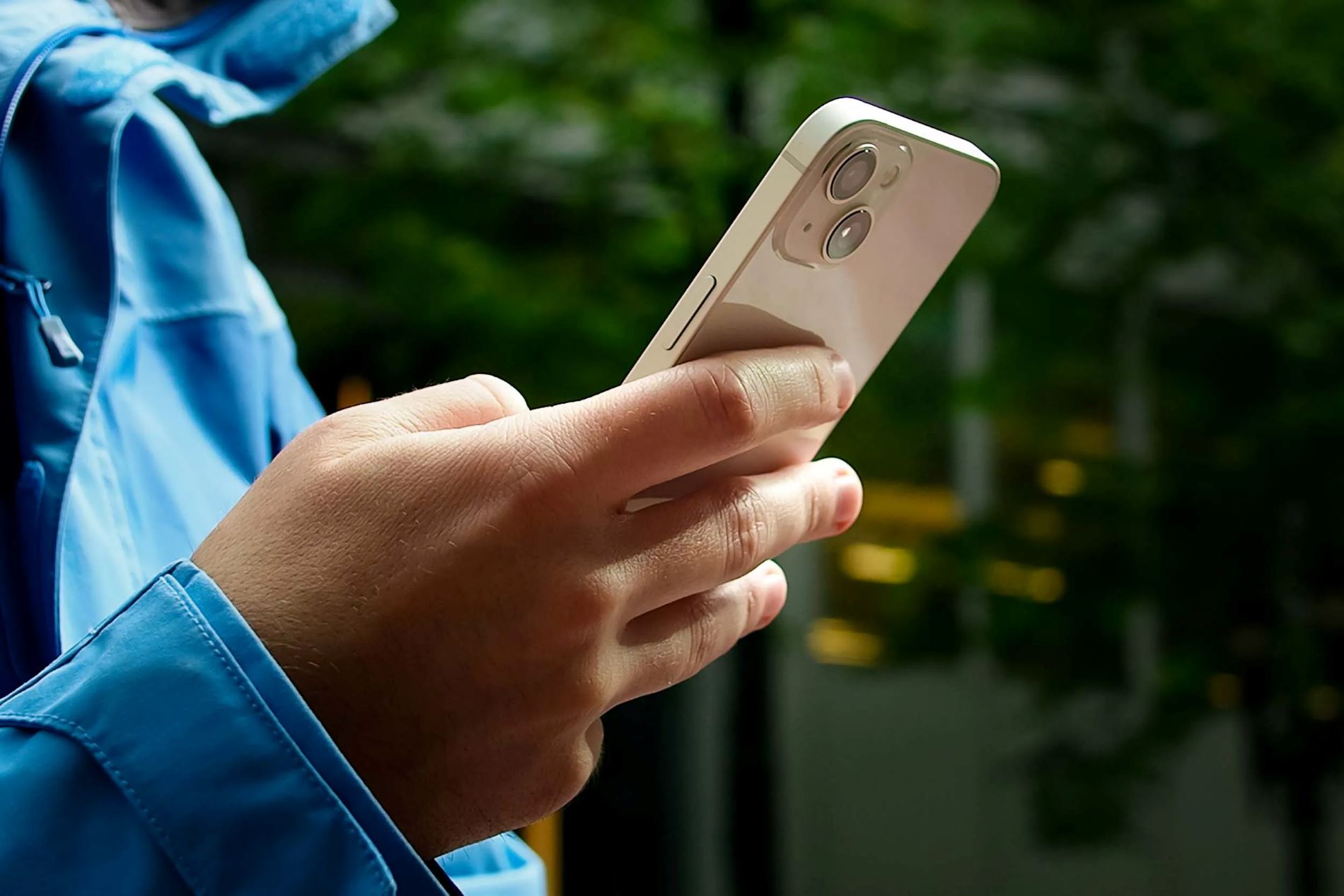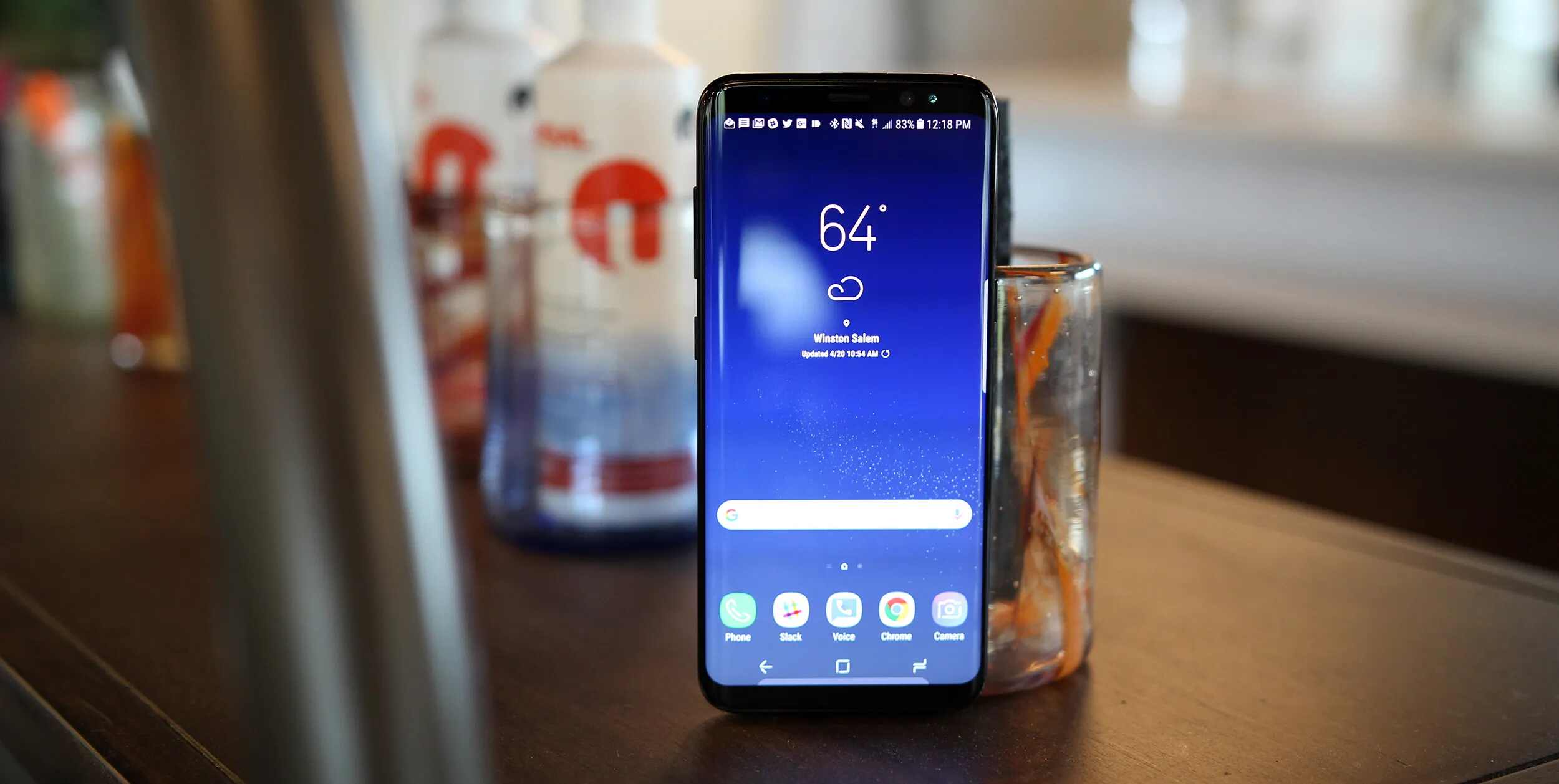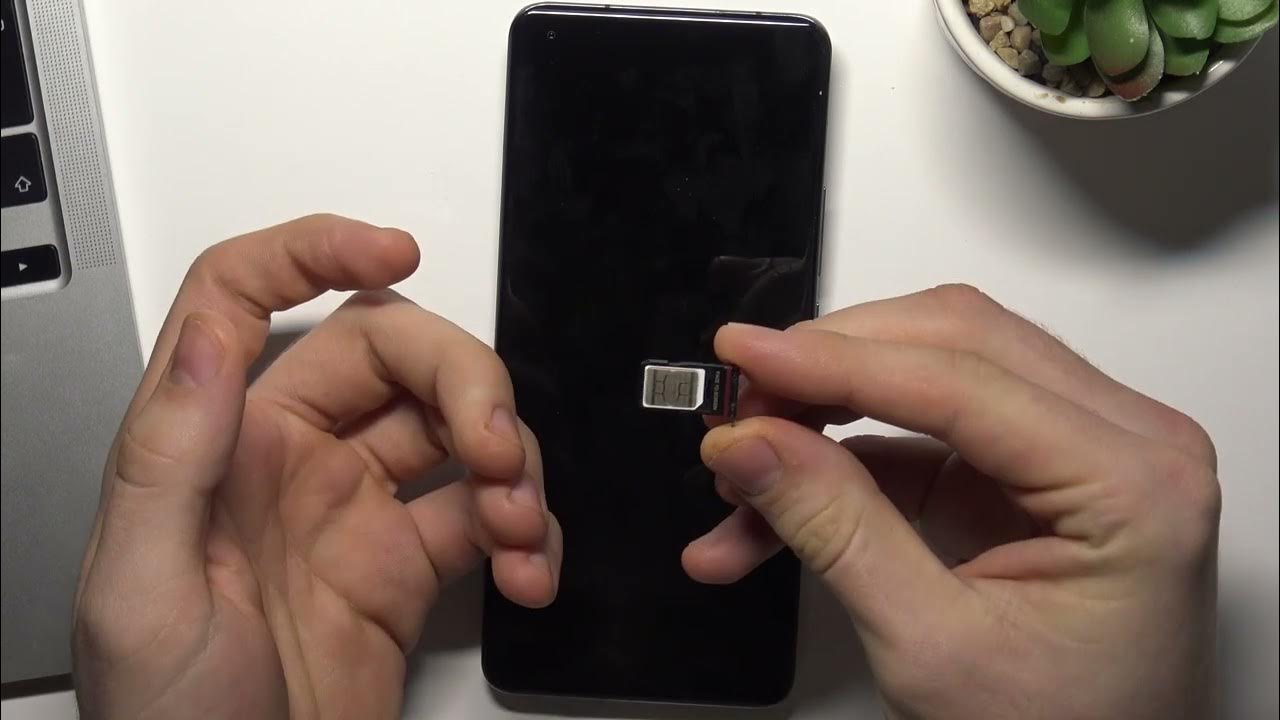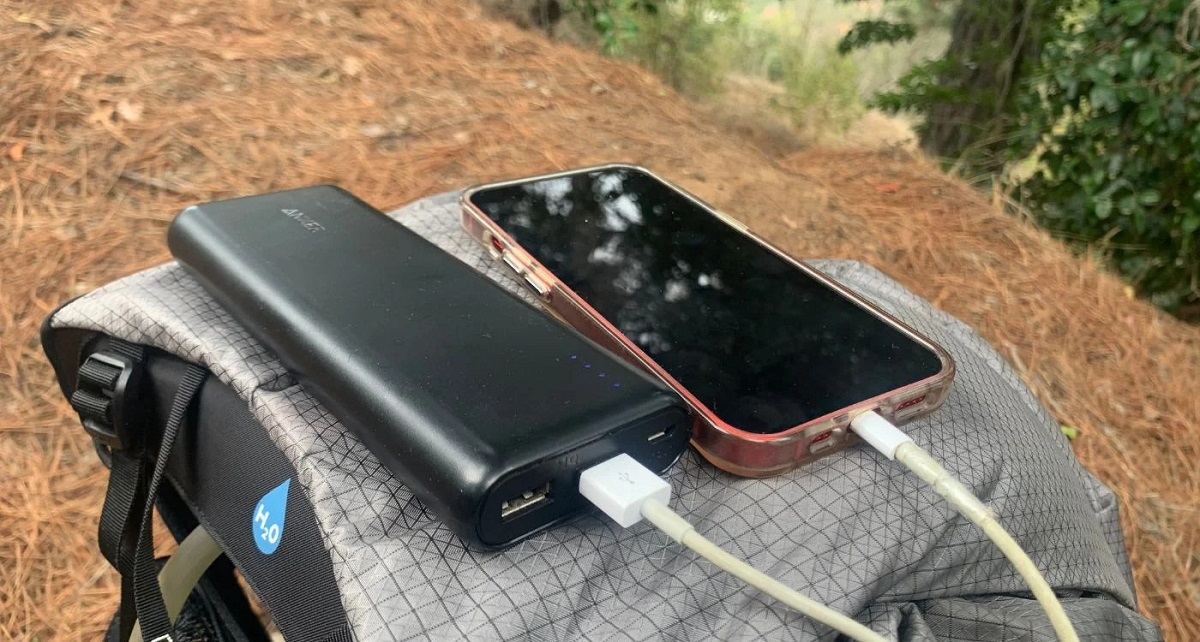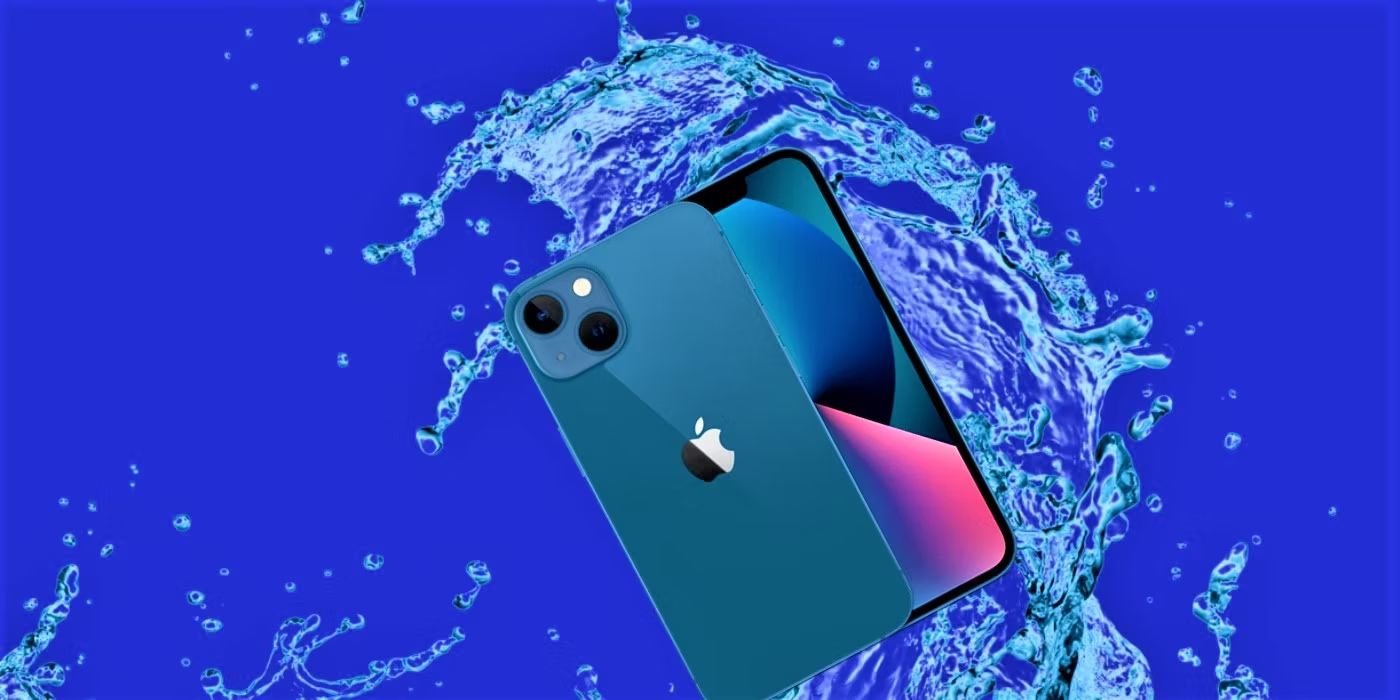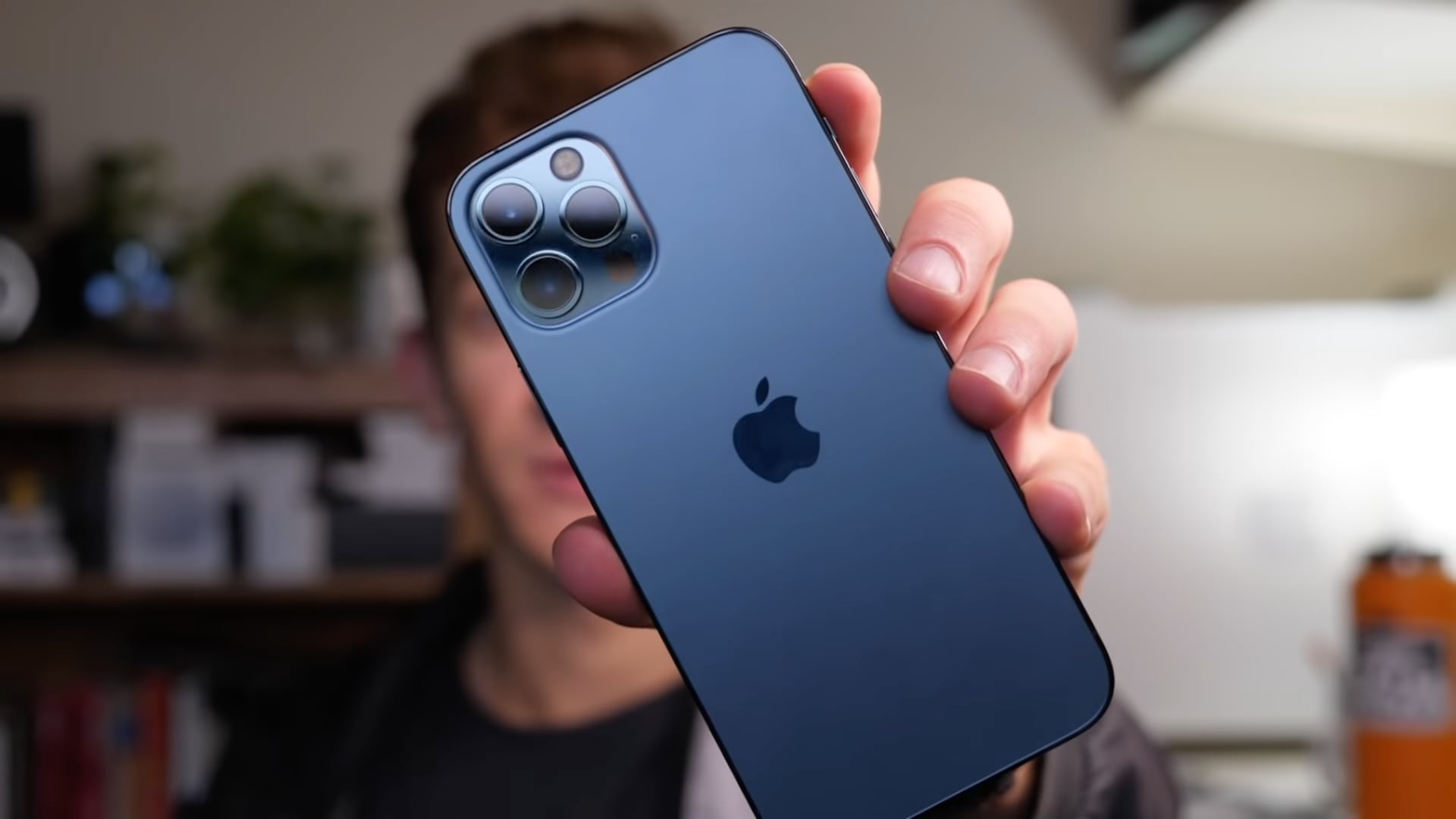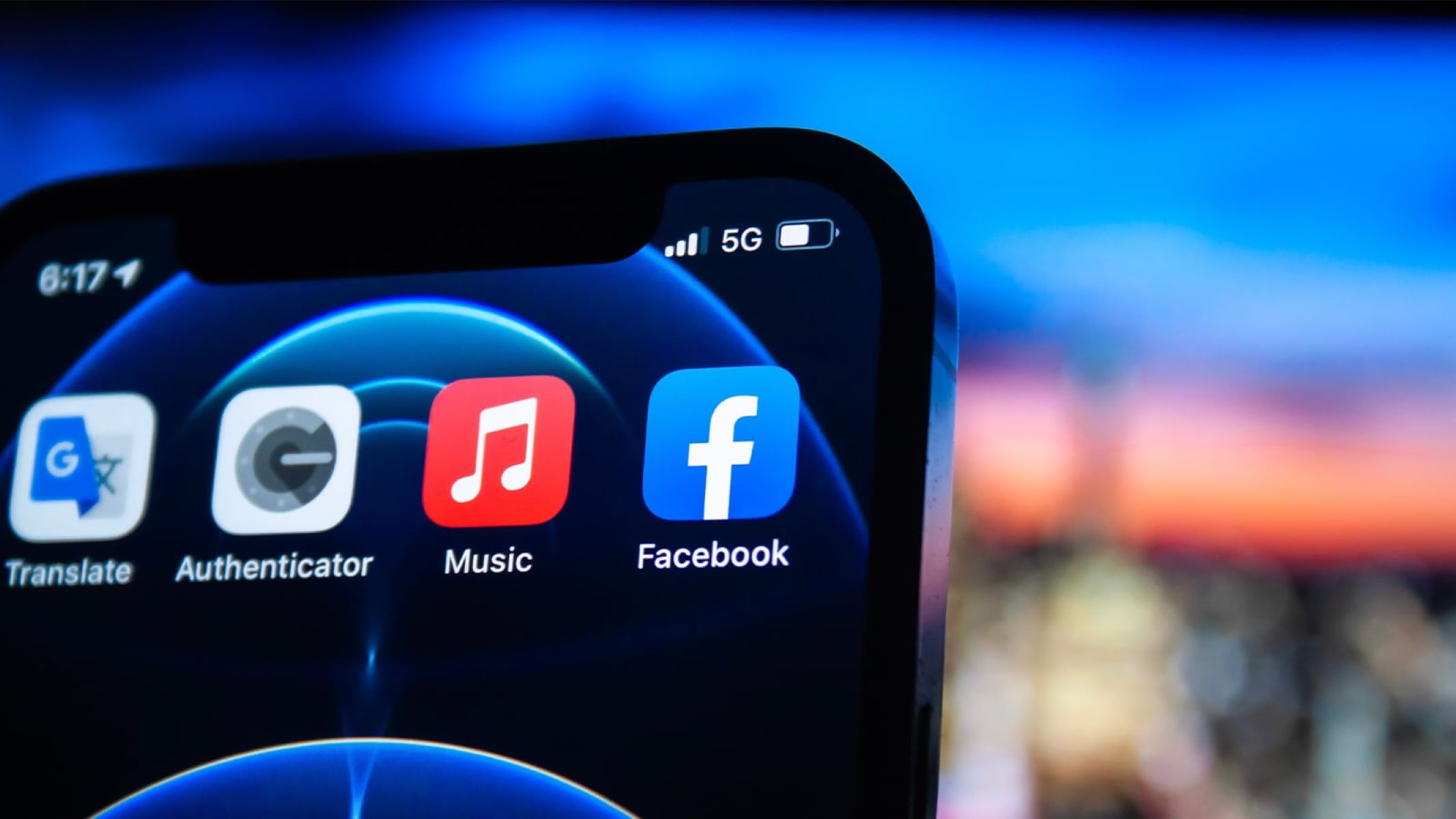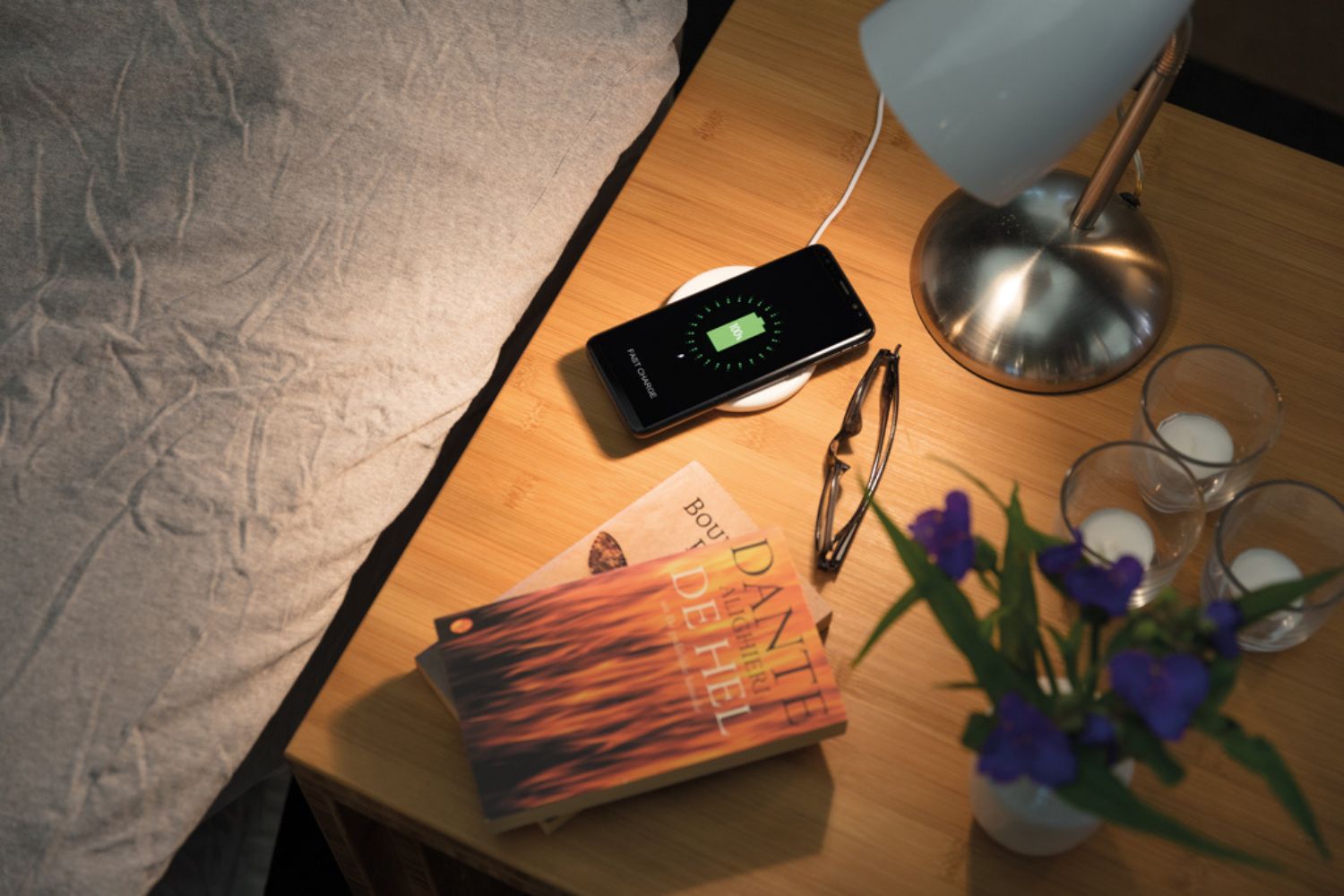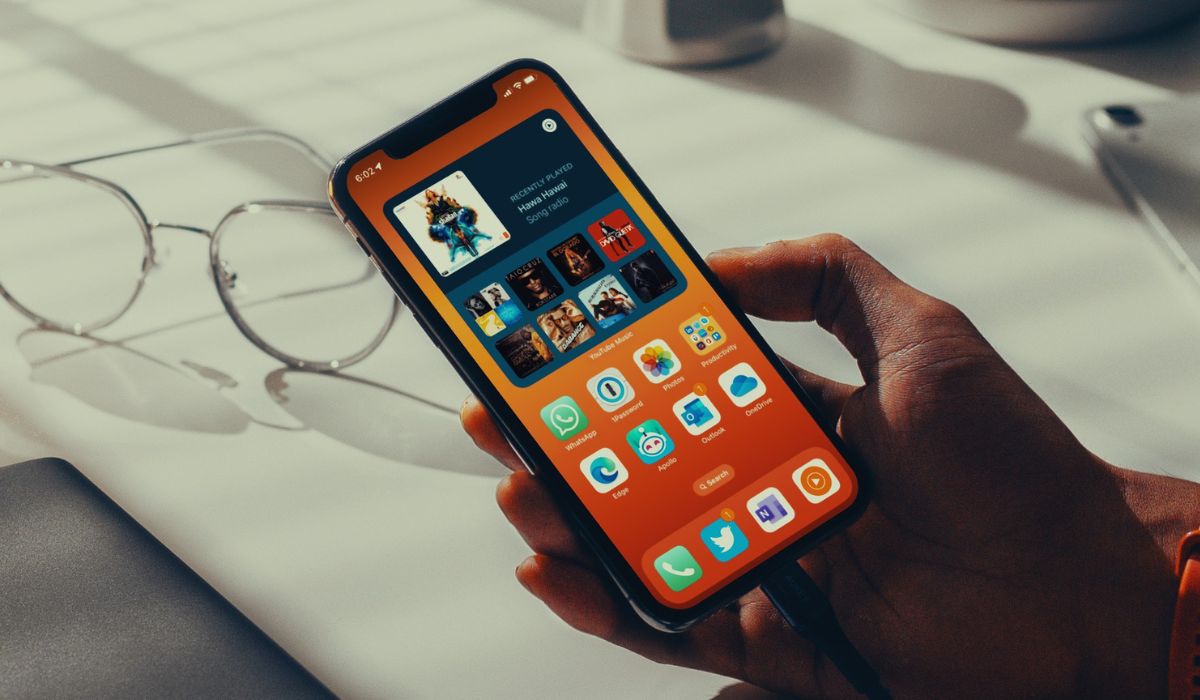Introduction
Welcome to the world of iPhone 13, the latest innovation from Apple that offers a seamless and intuitive user experience. With its powerful hardware and advanced software, the iPhone 13 is designed to enhance your productivity and keep you connected to the digital world. One common task that every iPhone user encounters is closing windows or applications. Whether you want to close apps running in the background, browser tabs, or widgets, we’ve got you covered.
In this article, we will guide you through the step-by-step process of closing windows on your iPhone 13. Whether you’re a tech-savvy individual or a beginner, this guide will help you navigate through the iPhone ecosystem with ease.
We will start by explaining the basics of app closing on iPhone 13, followed by more specific methods for closing different types of windows. By the end of this article, you will be well-equipped with the knowledge and skills to efficiently close windows on your iPhone 13, optimizing its performance and freeing up valuable resources.
So, grab your iPhone 13 and let’s dive into the world of app management and window closing.
Understanding the Basics
Before we delve into the specifics of closing windows on your iPhone 13, it’s important to have a basic understanding of how the operating system handles multitasking and app management.
An iPhone 13, like its predecessors, allows you to run multiple apps simultaneously, switching between them effortlessly. When you switch from one app to another, the previous app may continue to run in the background, ready to be resumed when you return to it. This multitasking capability enables you to quickly switch between apps without losing your progress.
To view the active apps on your iPhone 13, swipe up from the bottom of the screen and pause in the middle of the screen. This action will open the App Switcher, displaying the preview cards of the recently used apps. You can swipe left or right to navigate through the apps and tap on the desired app to switch to it. Alternatively, you can swipe up on the app card to close it.
It’s important to note that closing an app from the App Switcher may not necessarily terminate the app completely. In some cases, the app may continue to run in the background, consuming system resources. However, most apps are designed to optimize their performance and conserve power when running in the background, so you don’t have to worry about manually closing every app.
Now that you have a general understanding of how multitasking works on iPhone 13, let’s explore the different methods you can use to close windows and manage apps on your device. Whether you want to close specific apps, background processes, or browser tabs, we’ve got you covered.
Closing Apps on iPhone 13
One of the most common tasks on an iPhone 13 is closing apps. While the iPhone operating system is designed to optimize app performance and manage resources efficiently, there may be instances when you want to manually close an app to free up system resources or troubleshoot any issues you’re facing.
To close an app on your iPhone 13, follow these simple steps:
- Swipe up from the bottom of the screen and pause in the middle, or double-click the Home button if your device has one. This will open the App Switcher, displaying the recently used apps.
- Swipe left or right to navigate through the app cards and find the app you want to close.
- Swipe the app card up and off the top of the screen. This action will close the app and remove it from the list of recently used apps.
Alternatively, you can use a gesture-based method to close apps on iPhone 13:
- Swipe up from the bottom of the screen and pause in the middle.
- When the App Switcher appears, swipe left or right to find the app you want to close.
- Swipe the app card to the left or right edge of the screen. This action will instantly close the app.
It’s important to note that closing an app in this way will only remove it from the list of recently used apps, and it may still continue to run in the background depending on its functionality and design. Most apps are designed to efficiently manage system resources, so you don’t have to worry about manually closing every app.
Now that you know how to close apps on your iPhone 13, let’s explore a method to force close apps in case you encounter any issues or if an app becomes unresponsive.
Force Closing Apps on iPhone 13
There may be instances when an app becomes unresponsive or freezes on your iPhone 13. In such cases, force closing the app can help resolve the issue and allow you to resume normal usage. Force closing an app essentially terminates its processes and clears its cached data, giving it a fresh start when you relaunch it.
To force close an app on your iPhone 13, follow these steps:
- Swipe up from the bottom of the screen and pause in the middle to access the App Switcher.
- Swipe left or right to find the app that is unresponsive or causing issues.
- Instead of swiping the app card up to close it, press and hold the app card firmly.
- You will see a red minus (-) icon appear on the top left corner of the app card.
- Swipe the app card up or tap on the red minus (-) icon to force close the app.
After force closing the app, you can relaunch it from the home screen and see if the issue persists. This method should be used as a last resort when all other troubleshooting steps fail, as force closing an app may cause it to lose unsaved data or progress.
It’s important to note that force closing an app on iPhone 13 is not a routine action and should only be done when necessary. Most apps are optimized to run smoothly, and force closing them may not have a significant impact on their performance or battery usage.
Now that you know how to force close an app on your iPhone 13, let’s explore the process of closing Safari windows and individual browser tabs on your device.
How to Close Safari Windows on iPhone 13
Safari is the default web browser on your iPhone 13, and it allows you to browse the internet with ease. When you’re done using Safari or want to close a specific window, you can follow these steps:
- Open Safari on your iPhone 13 by tapping on the Safari icon on the home screen.
- If you have multiple windows open, tap on the tab icon at the bottom right corner of the screen. It looks like two overlapping squares.
- You will now see all the open Safari windows represented by individual cards.
- Swipe left or right to find the window you want to close.
- Swipe the window card to the left or right edge of the screen to close it.
Alternatively, you can also close Safari windows using the following method:
- Open Safari and tap and hold the tab icon at the bottom right corner of the screen.
- A menu will appear with options like “New Tab,” “Close All Tabs,” and “Private.” Select “Close All Tabs” to close all open Safari windows.
By closing Safari windows that are no longer needed, you can free up memory on your device and improve overall performance. Remember that closing a Safari window will permanently remove it, so make sure you’ve saved any important information or bookmarks before closing it.
Now that you know how to close Safari windows, let’s move on to closing individual browser tabs on your iPhone 13.
Closing Individual Browser Tabs on iPhone 13
When browsing the internet on Safari or any other web browser on your iPhone 13, you may have multiple tabs open at once. Closing individual browser tabs is a handy way to tidy up your browsing session and free up memory on your device. Here’s how you can do it:
- Open Safari or your preferred web browser on your iPhone 13.
- If you have multiple tabs open, tap on the tab icon at the bottom right corner of the screen to view all open tabs.
- You will see all the open tabs as individual cards.
- To close a specific tab, swipe the tab card to the left or right edge of the screen.
By swiping a tab card off the screen, you remove that particular tab from your browsing session. This method allows you to close tabs quickly and efficiently, without the need to close the entire browser window.
If you want to close multiple tabs at once, here’s another method:
- Open the tab view by tapping on the tab icon.
- Tap and hold on a tab card to activate the selection mode.
- Tap on the other tab cards that you want to close.
- Once you have selected all the tabs you want to close, tap on the “Close” button at the bottom left corner of the screen.
This method allows you to close multiple tabs simultaneously, making it quicker and more efficient than closing them individually.
Now that you know how to close individual browser tabs on your iPhone 13, let’s explore how to close background running apps on your device.
Closing Background Running Apps on iPhone 13
Your iPhone 13 allows apps to run in the background, even when you’re not actively using them. While this functionality is useful for multitasking and quick app switching, it can also consume system resources and affect your device’s performance over time. In this section, we’ll explore how to close background running apps on your iPhone 13.
To close background running apps on your iPhone 13, follow these steps:
- Swipe up from the bottom of the screen and pause in the middle to open the App Switcher.
- You’ll see a list of recently used apps represented by cards.
- Swipe left or right to navigate through the app cards.
- Find the app you want to close and swipe it up and off the top of the screen.
By swiping up the app card in the App Switcher, you force it to quit, terminating its background processes and freeing up system resources. It’s worth noting that most apps are designed to optimize their performance and power usage, so you don’t have to manually close every app. However, if you notice that a particular app is consuming excessive resources or causing performance issues, closing it from the App Switcher can help resolve the problem.
It’s important to remember that force closing an app should be done sparingly and only when necessary. Force closing all background running apps at once is not recommended, as it may disrupt the normal functioning of certain apps and negatively impact your device’s performance.
Now that you understand how to close background running apps on your iPhone 13, let’s move on to closing widgets on your device.
Closing Widgets on iPhone 13
Widgets are a convenient way to view and interact with information directly from your iPhone 13 Home Screen. They provide quick access to important content and updates without having to open specific apps. However, if you want to remove a widget from your Home Screen, or clear up clutter, you can easily do so. In this section, we will explore how to close widgets on your iPhone 13.
To close a widget on your iPhone 13, follow these steps:
- Unlock your device and navigate to the Home Screen where the widget is located.
- Tap and hold on any empty space on the Home Screen until the apps start jiggling.
- Look for the widget you want to close. It will be indicated by a small ‘X’ icon at the top left corner.
- Tap on the ‘X’ icon to remove the widget from your Home Screen.
- Tap outside the widget area or press the Home button (or swipe up, depending on your device) to exit the jiggle mode.
By following these steps, you can easily remove widgets from your iPhone 13 Home Screen. This helps you customize and declutter your device, providing quick access to the widgets that are most important to you.
Additionally, it’s important to note that removing a widget from the Home Screen does not uninstall the associated app; it merely removes the widget display from the screen. You can always re-add the widget in the future if you change your mind.
Now that you know how to close widgets on your iPhone 13, let’s conclude this guide and summarize what we’ve learned about closing windows on your device.
Conclusion
Closing windows and managing apps on your iPhone 13 is a crucial aspect of optimizing device performance and ensuring a smooth user experience. In this guide, we explored various methods to close different types of windows, including apps, Safari windows, individual browser tabs, background running apps, and widgets.
We began by understanding the basics of multitasking on iPhone 13 and how to navigate the App Switcher to close apps or switch between them. We then learned how to force close unresponsive apps to troubleshoot issues effectively. Moving on, we explored the process of closing Safari windows and individual browser tabs to tidy up your browsing session and conserve device resources.
We also discussed the importance of managing background running apps and how to close them when necessary. Finally, we explored how to remove widgets from your Home Screen, allowing for a personalized and clutter-free experience.
Remember, while it is essential to close unnecessary windows and apps, the iPhone 13 operating system is designed to optimize performance and manage resources efficiently. Most apps are designed to run smoothly in the background, so manually closing every app may not always be necessary. Close windows and apps selectively when you notice performance issues or need to free up system resources.
We hope this guide has provided you with the knowledge and skills to efficiently close windows on your iPhone 13. By managing your device’s apps and windows effectively, you can maximize its potential and enjoy a seamless user experience.
So, grab your iPhone 13 and start exploring the various methods discussed in this guide. Discover the joy of efficient app management and optimize your device to its fullest potential!







